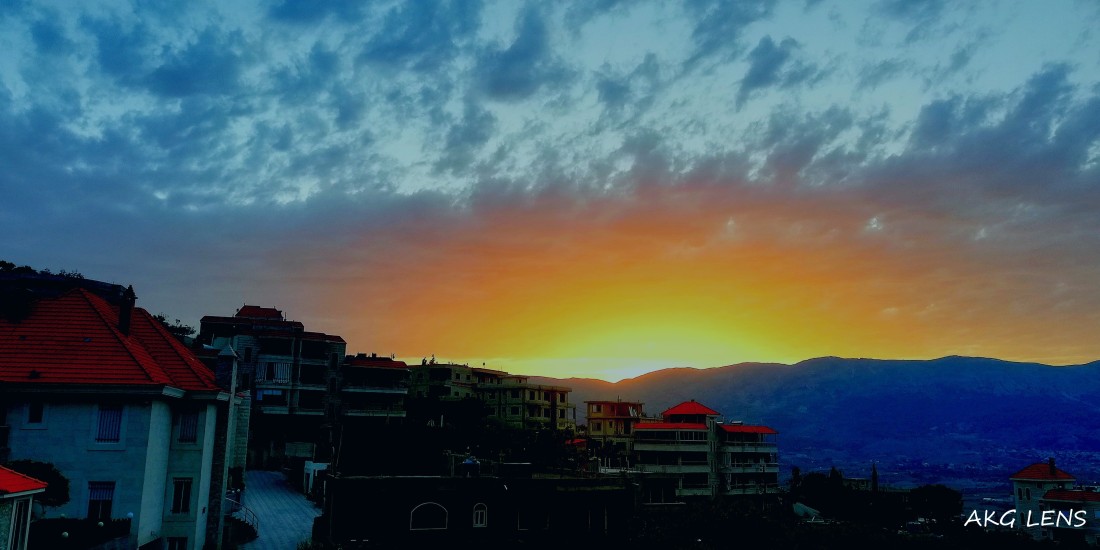
Psychological comfort in the time of corona.
No limits everytime new image

Psychological comfort in the time of corona.

It hurts to see the strong hedgehog dead.

PEACE flower its growing without any care from people.


Sony will announce a new compact camera in the name of Sony ZV1. Full Sony ZV1 specs and press text have been leaked on the web ahead of the official announcement.
This model is made for vloggers and will be officially announced on May 26, 2020.
Sony ZV1 will have a bigger grip and the fully articulating screen on the side. The design generally looks like the company’s RX100 VII model.





The long shot (also known as a wide shot abbreviated “WS”) is the same idea, but a bit closer. If your subject is a person then his or her whole body will be in view not filling the shot. In other words, there should be a good deal of space above and below your subject. Use a long shot (or wide shot) to keep your subject in plain view amidst grander surroundings.
The wide shot also lets us see the beautiful background imagery, as well as the onlookers which will make any big moment more cinematic.
Of the many camera shots, a long shot gives us a better idea of the scene setting, and gives us a better idea of how the character fits into the area.
photography is not easy as you think. You need a long time to become a photographer and there are many mistakes you have to avoid them to get a good pictures and I will talk about these mistakes in my article.
first, don’t raising the ISO high enough It used to be commonly taught that you always needed to go as low as possible with the ISO for digital cameras. This was because early digital cameras had horrible noise at higher ISOs. These days, that has completely changed. Newer digital cameras can shoot with incredible quality at ISO 800, 1600, 3200, and even 6400 for higher end cameras. The noise is much less noticeable than it used to be, and it is much more pleasant looking. second, Using a shutter speed that’s too slow. To offset the handheld camera shake, the shutter speed always needs to be ONE over the focal length of your lens. So if you are shooting with a 50mm lens, your camera will need to be at 1/50th of a second (or faster) to make sure the image is sharp. This comes even more into play with a zoom lens because a 300mm lens will need a 1/300th of a second shutter speed in order for the image to not look blurry. This is because slight vibrations are much more noticeable when you magnify a small area in the distance. This is also why I will often raise my ISO when zooming at far distances.
For subjects in motion, you will need a fast enough shutter speed to freeze them. I prefer a minimum of 1/250th of a second to freeze people walking. You will need an even faster shutter speed as you get to subjects such as cars. Third, Not using exposure compensation (+/-) or the right meter mode. If you are using Aperture or Shutter Priority mode, Exposure Compensation is your best friend, particularly in scenes with tricky lighting. Your camera’s light meter is not creative – it wants to make everything look a neutral gray, but that is problematic in images with lots of dark or bright tones. Maybe you want those tones to look gray for creative purposes, but most likely, you will want them to be true to the scene. This is where Exposure Compensation (+/-) comes into play. Fourth, don’t getting the focus point right. Some photographers leave their focusing completely up to the camera. This is a terrible idea as the camera will often focus on the wrong point, ultimately ruining your image. You need to be in control of your focusing and put the focus on the most important subject in the image.
On a similar note, it is common for photographers to get that new 50mm f/1.8 or f/1.4 lens and immediately think that they need to shoot everything at f/1.4 because they can. Some situations will be good for f/1.4, but it’s important to realize how shallow the depth of field is at that aperture.
If you are shooting with a really shallow depth of field, the focus needs to be perfect and exactly right on the most important subject. If you are photographing a person and you put the focus point on the person’s ear or nose instead of their eyes, it will be noticeable and it will mess up the photograph. Often, I prefer to shoot portraits like this at f/4 instead of f/1.8 or f/2.8. There is still a beautiful background with bokeh, yet more of the person is in focus. This minimizes any focusing mistakes as well. Fifth, Using image stabilization when using a tripod. The image stabilizer in your lens or camera will make your photographs sharper when handheld. However, it can also create minor vibrations while keeping the camera steadier, and these vibrations can actually backfire when you are on a tripod. Sometimes they will introduce blur. So always make sure to turn the image stabilizer off when you are using a tripod. If you ever notice your photographs on a tripod are slightly blurry, this issue and wind are the most likely culprits. finally if you can learn to conquer and avoid these five common beginner mistakes, you’ll be on your way to better photography.